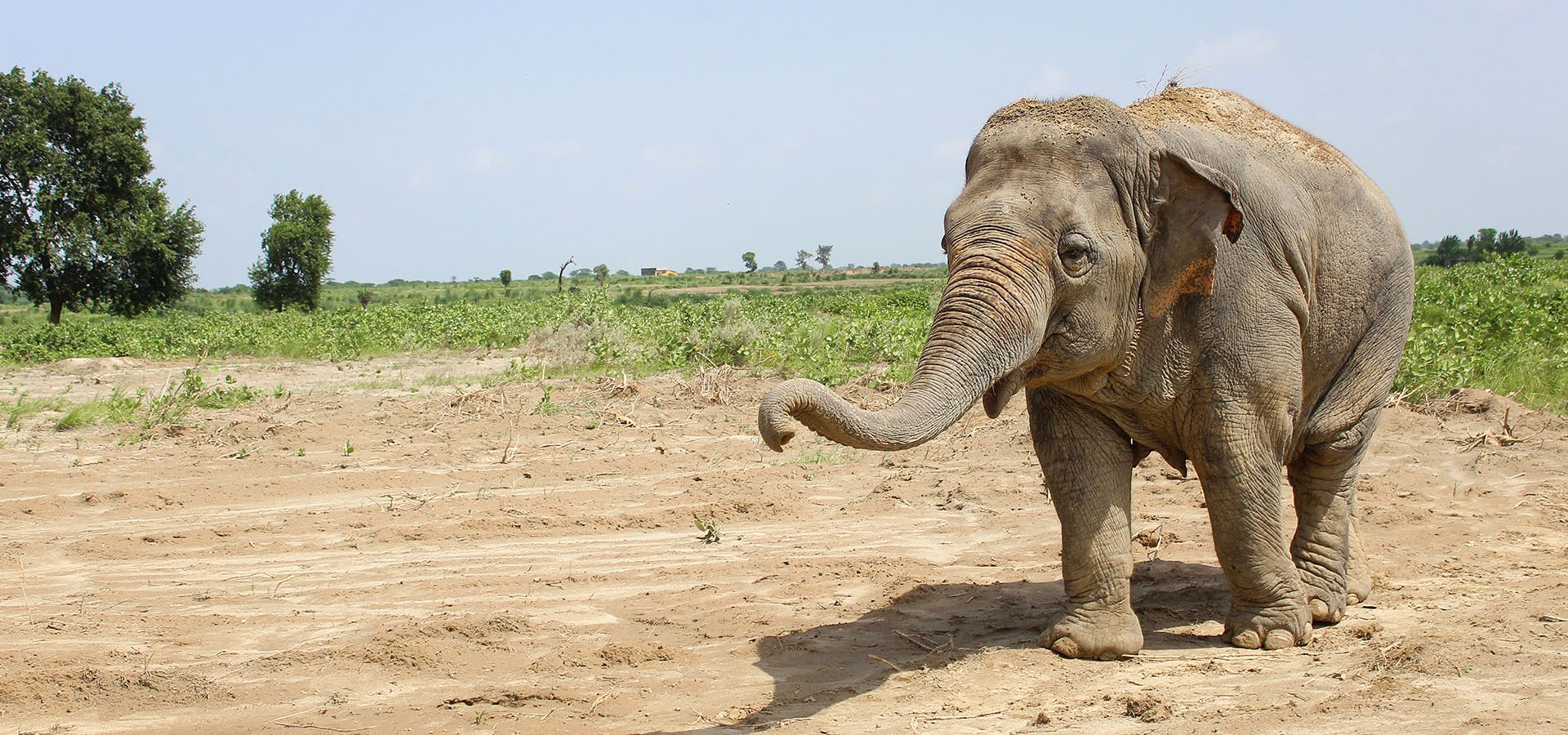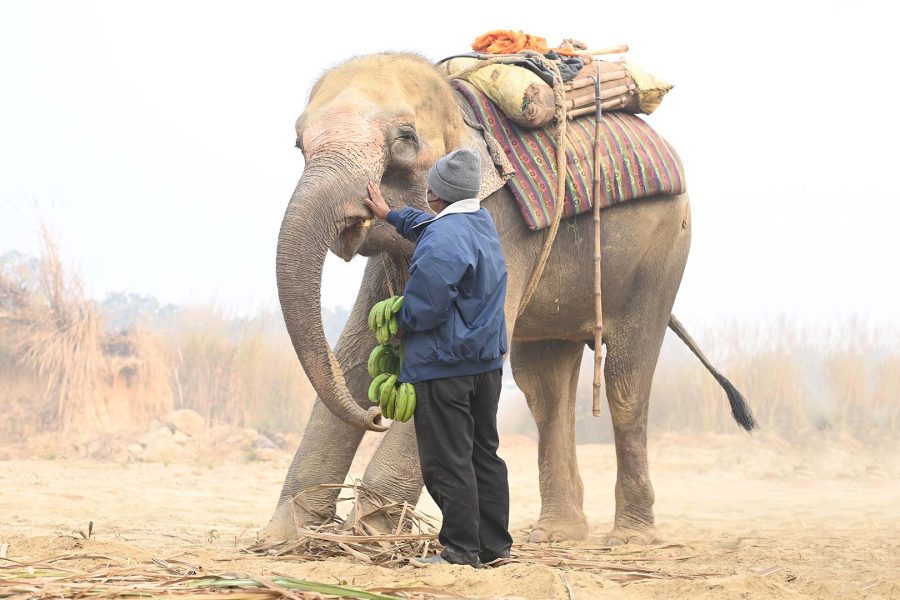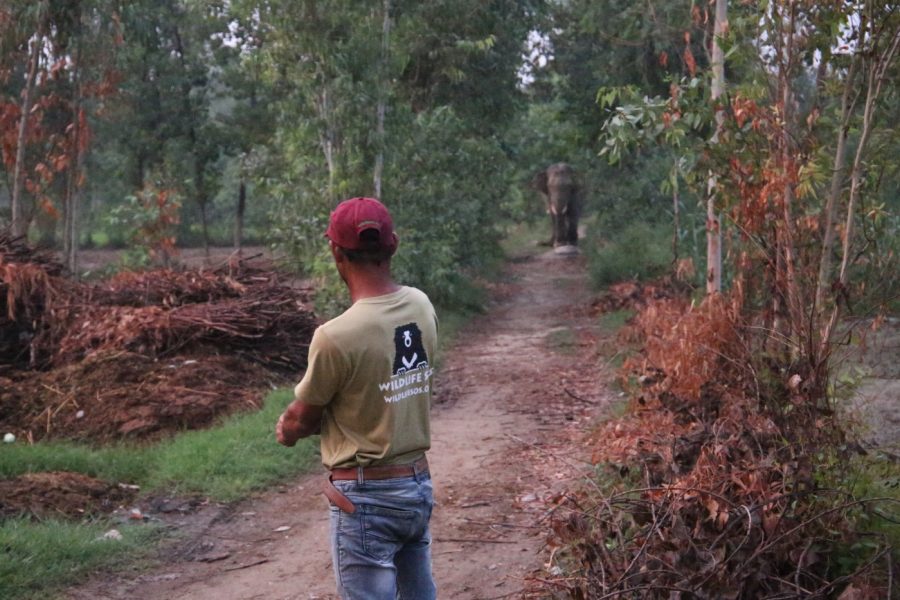Animals are ingenious. If they weren’t, surviving in the wild would have been impossible for them. And we are here to talk about their smarts. The animal kingdom is overflowing with creativity, and sitting right at the top of the pyramid are Homo sapiens.
Humans have creatively shaped, moulded and terraformed the Earth’s surface like no other species. But what about the other animals? Many research studies have proven that humans most certainly don’t have a monopoly on creativity. Across various taxa, mammals, reptiles, birds, amphibians and fishes have shown remarkable innovation.
Snakes staying together in a den (called a hibernaculum) to produce warmth during winter, birds using sticks and twigs of branches to build nests, bears coming to human inhabited areas and raiding garbage bins (due to anthropogenic factors and climate change), and cuttlefishes using their physiology to their advantage to implement a perfect camouflage – the animal kingdom is rife with such examples of creative behaviour. And when it comes to displaying their creativity, how can we forget our resident animals at the different Wildlife SOS rescue centres?
Sloth bears
The rescued sloth bears at our centres are powerhouses of creativity. The bears know how to break coconuts! Bears like Ankur, Deva and Vimal showcase this behaviour where they swing a coconut high in the air and drop it on a stone or a rock to break it! And if there’s a tree that’s branching out over a fence, some bears use it to climb over and emerge from the other side. Maahi, being a keen observer, is excellent at pulling off these tricks!
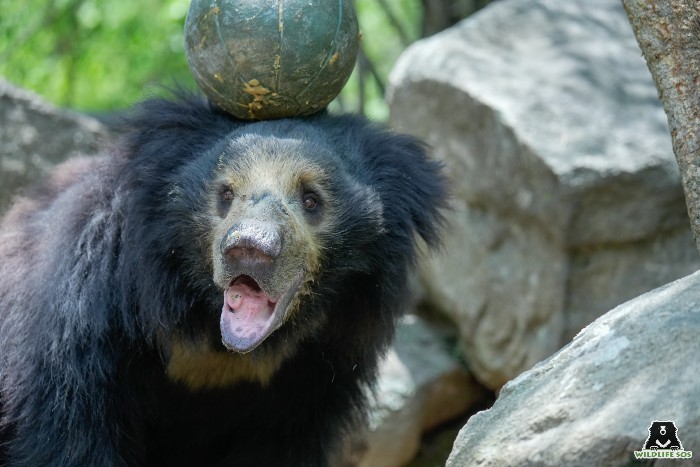
At the Agra Bear Rescue Facility (ABRF), Elvis is a wizard when it comes to problem-solving. The logs hanging from above the wooden platform enrichments are suspended with the help of ropes. Elvis can untie all the ropes and bring down the logs. So can Mowgli, but he sometimes carries them back with him to his den!
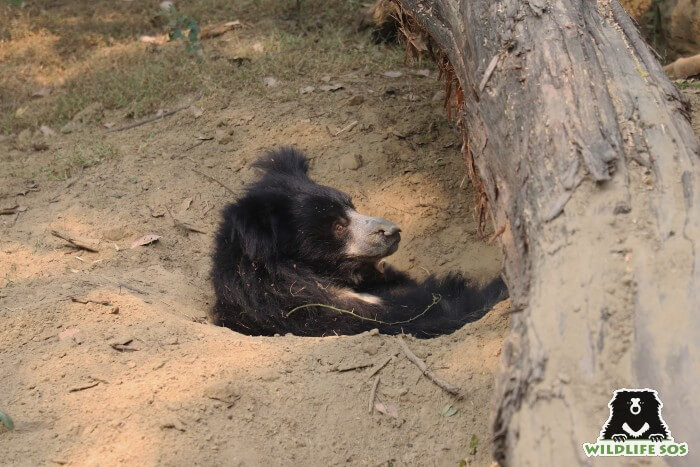
Humans have come up with creative ways to escape from the winter’s biting cold, such as covering ourselves with multiple layers of clothes, sitting by the fire or simply installing a room heater. Sloth bears also have their own ingenuity to keep themselves cosy. In order to bask in the sun’s warmth, they dig deep pits in their fields which become relaxing spots. During the daytime, most bears at the various Wildlife SOS rescue centres are seen lounging out in the open, lying carefree in these pits.
Brown bears and black bears
There lies a basic behavioural difference between the Himalayan brown bears and Asiatic black bears at our rescue centres. As soon as the winter season sets in by October, the brown bears start digging dens, something that has never been observed in the resident black bears. In fact, both Sebastian and Nawab, our rescued brown bears, have dug through hard concrete surfaces in the past to create a den!
The staff at the Jammu and Kashmir centres use plenty of hay and dry grass to keep the bears warm externally. At the Dachigam Bear Rescue Centre, some of the black bears actually use their innovativeness and make a nest with the dry grass. Julie, a female black bear, is quite creative and drags out at least half of the grass kept inside her den and places it at her favourite sitting spot, which is usually at the bottom of a tree!
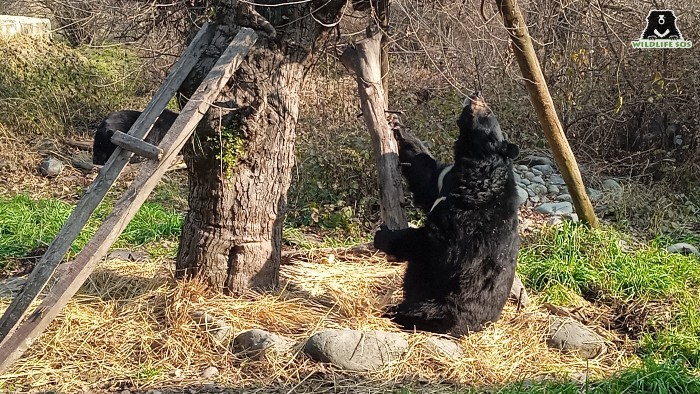
We can also notice the acute awareness of the bears during the Halloween season when the caregivers carefully place carved pumpkins in their enclosure. Using their sense of smell, they enthusiastically sniff out hidden treats (something that our leopards do as well at the Manikdoh Rescue Centre) like apples and honey stuffed inside. Fancy, a female black bear, enjoys scanning the pumpkin and then playing with it in the company of her enclosure mates.
Elephants
That elephants are one of the most creative land animals is a well-known fact. An elephant’s brain is almost three times the size of a human’s! Add to this the fact that they are the largest land animals, and we have a perfect combination of intelligence and strength. Elephants are impressive animals that use their trunks, tails and feet skilfully to go about their daily lives. For instance, elephants residing at our centres use their tails to swat flies. Arya, Raju and Bhola display this behaviour perfectly!
The anatomical composition of an elephant is an example of Nature’s creativity itself. Elephants possess large ears with thin skin and prominent veins. These veins ensure that their body temperature is regulated. When flapped, the ears act like cooling fans for the elephants, and the several blood vessels present on their ears help to circulate the blood throughout their body.
Some of the most remarkable signs of their creativity are exhibited when elephants are using their most beneficial body part – their trunks! Elephant trunks are fascinating multi-functional organs used for a variety of purposes such as breathing, smelling, drinking, eating and bathing. Our resident elephants use their trunks with flair to spray water behind their ears, which allows the circulating blood to cool down faster. They are also masters of using their trunks for dust and mud baths. Mud baths are essential since it protects the elephants’ skins not just from the heat, but also from sunburn.
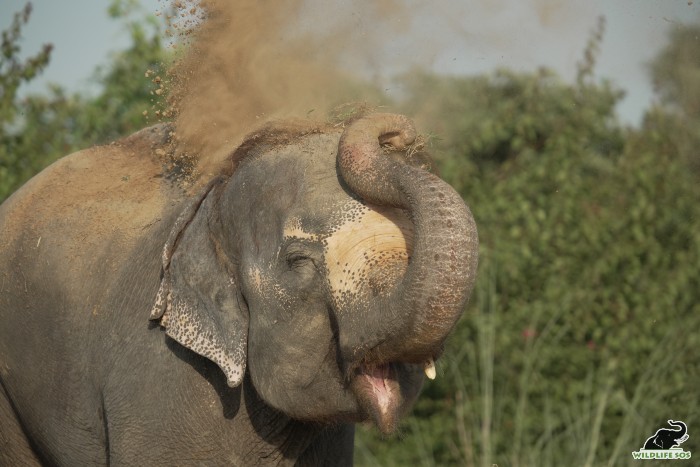
Priyanka, one of the resident elephants at the Elephant Conservation and Care Centre (ECCC) is highly dexterous with her trunk, using it to snag treats from her cage feeder or dig little holes in the ground to carve out some mud. Bijli is more fond of the roller feeder in which the caregivers create an opening. She intelligently inserts her trunk through this hole to extract the food.
Bijli’s close companion, Laxmi, is quite the ‘genius’ of ECCC and has a way with the hanging feeder enrichments. Some of them are suspended with the help of ropes and Laxmi is an expert when it comes to opening the rope knots. Laxmi realises that as soon as she unties the knots, the suspended food will fall down and she can gobble her treats up! She does not mind spending hours opening the complicated knots as she knows the fruits of her labour won’t disappoint her.
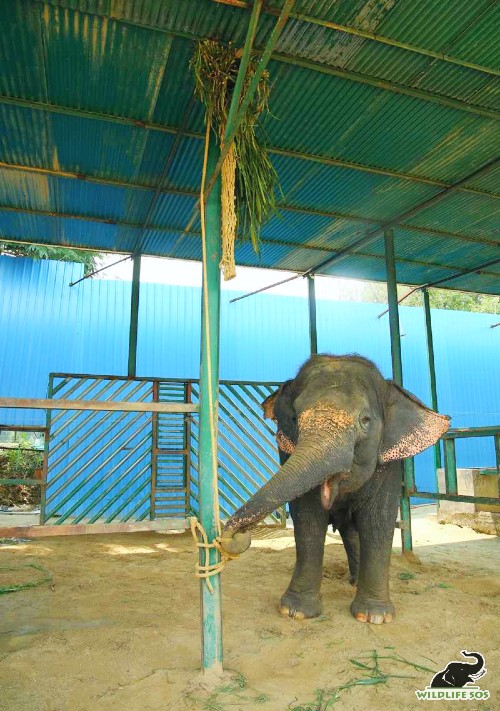
By showing their creative side, animals at Wildlife SOS reflect their overall well-being along with the fulfilling time they are spending at the centres. You can help us sustain the upkeep and cheerful individuality of our rescued bears, leopards and elephants by becoming a monthly donor for Wildlife SOS.

